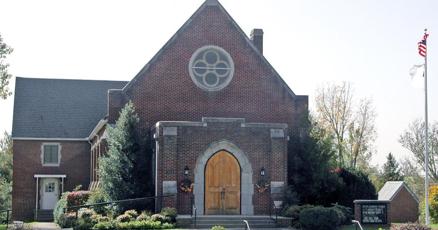Faith's Cornerstone: Inside Salem Lutheran's Century-Long Journey of Community and Resilience

When the thunderous drums of the Civil War began to echo across the nation, Salem Lutheran Church stood as a testament to community resilience and faith. Nestled at 3001 Salem Road in the serene northern reaches of Parrottsville, this historic congregation had already weathered 16 years of shared worship and fellowship before the conflict tore the country asunder.
Founded well before the first shots were fired, the church represented more than just a place of worship—it was a spiritual home where generations of local families had gathered, prayed, and supported one another through life's challenges. Its location near the county seat spoke to its significance in the local landscape, a beacon of hope and unity during one of the most tumultuous periods in American history.

